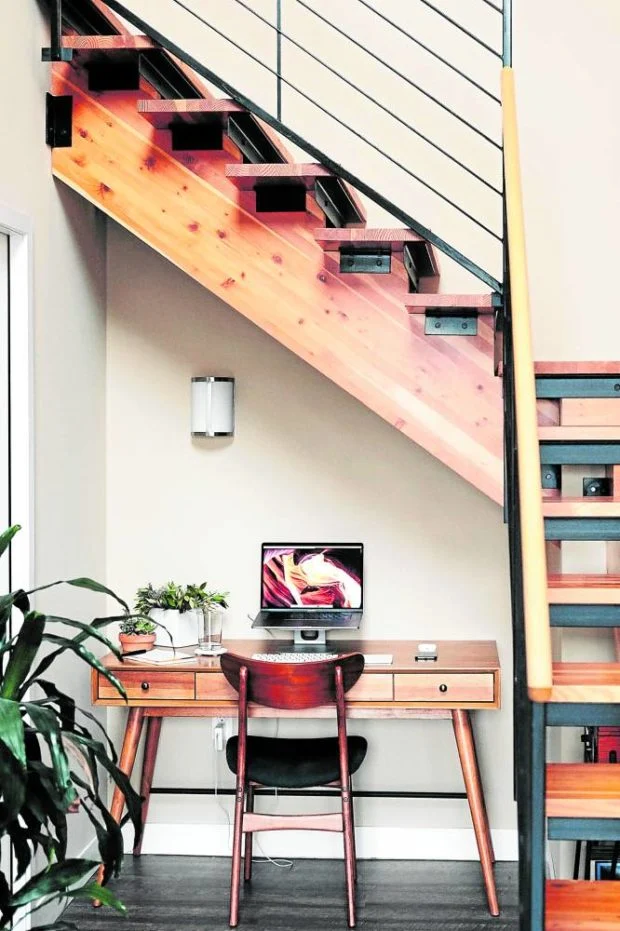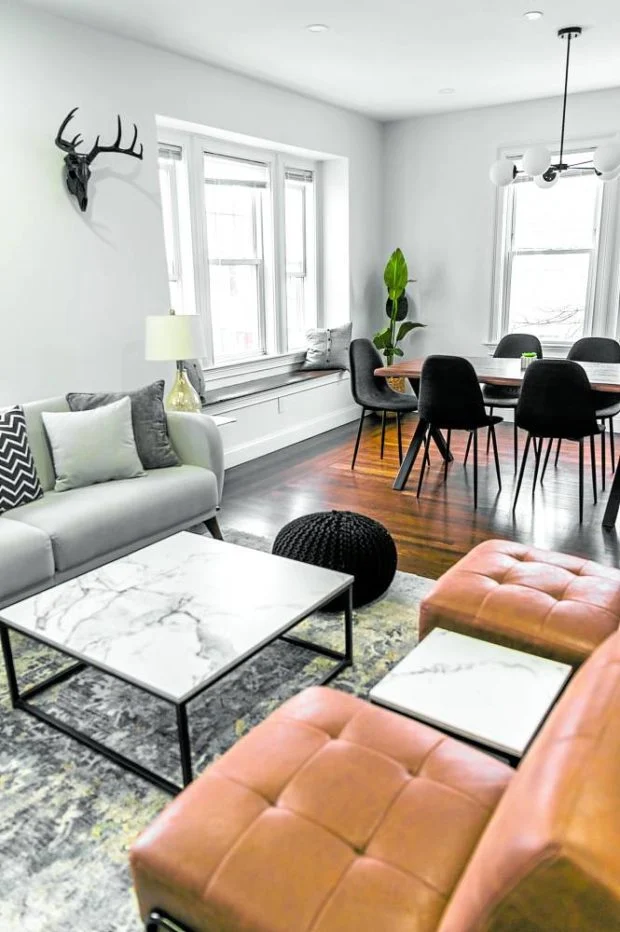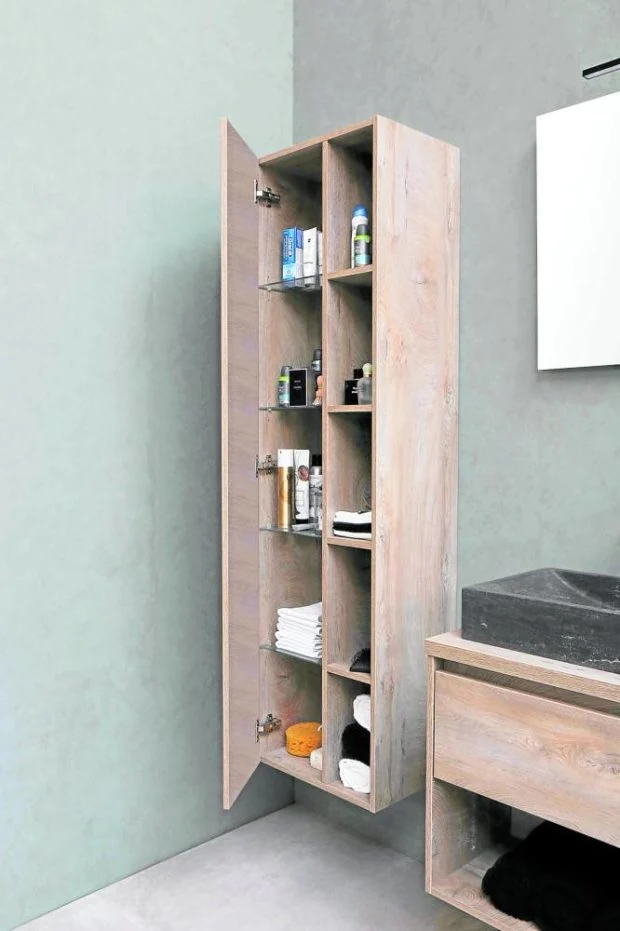
According to the Roman military engineer and architect Vitruvius, the design of structures falls under three pillars of architecture—strength, utility, and beauty.
However, there are instances when users favor one canon over the other, especially with specific site conditions. Many Filipinos, especially younger families, highly favor affordable and practically designed houses with limited lot areas. They also desire to save space and lead a busy lifestyle. Here are some pointers for designing practical and affordable houses for optimum use.
Start with a good location
Ensure that the place where you will eventually settle down is not too far away from important businesses, establishments and institutions. Your home should provide you with much-needed convenience and accessibility. It should be close to commercial areas, schools, hospitals, offices, transportation hubs and major thoroughfares, among other things. This proximity is necessary for your home to meet these requirements.
Practicality and comfort, above all
Some rooms in the house should serve dual purposes to create a functional home. For example, the bathroom can double as a laundry room, and the dining area can be integrated into the kitchen. This method can use spaces more effectively, saving floor areas and optimizing functions.

In addition, homeowners should change lifeless or empty spaces into something warmer and more appealing. When converting a quiet room inside the house, libraries, playrooms, or entertainment areas are the most pleasing possibilities to consider. When these unused areas of your home are effectively put to use, your property as a whole will exude a sense of warmth and welcome.
But don’t forget the aesthetics
Just because space was created for functionality does not mean you should exclude it from being attractive. Consider how you can improve the overall aesthetics of a room in your new house by introducing visual elements such as bright colors, patterned curtains or rugs, one-of-a-kind hardware and light fixtures, or even big windows once you’ve settled on the layout of a room in your new home. Choose a range of graphic components representing your style and taste to personalize the space completely.

Never underestimate the power of storage areas
A convenient house should be designed with ample storage areas. These spaces can reduce visual clutter in your home and make it low maintenance. Storage areas can be as simple as your kitchen cabinets and bedroom closets or as spacious as empty rooms in the house or within the lot.
Pay attention to finishes
When designing a home, one must think about the finishing touches that will be present, such as furniture and finishes.
In this case, always consider quality over quantity. A practical and affordable home shouldn’t be only about money but also about investing in high-quality materials that could last a long time. When choosing finishes, opt for low-maintenance types that can easily be cleaned and replaced. These finishes are especially beneficial in high-traffic and high-moisture areas where bacteria, dust, and dirt are highly likely to gather.

Future-proof your home
When designing your home, you must keep the future in mind. If someone only thinks about the present, problems may arise in the future. Consider how your home should work for families with small children when they get older.
Balancing strength, utility, and beauty
While out-of-the-box and avant-garde designs look amazing, some users prefer practical and affordable strategies that can be just as functional. Taking the time to properly balance both practical and attractive design elements in your home will help ensure that you and your family will enjoy your home for many years.
The author (ianfulgar.com) is one of the premium architects in the Philippines who assists local and international clients in enhancing hotels, condominiums, museums, and commercial and mixed-use township developments with distinctive and forward-thinking design specialties for the real estate industry.
If you like this article, share it on social media by clicking any of the icons below.
Or in case you haven’t subscribed yet to our newsletter, please click SUBSCRIBE so you won’t miss the daily real estate news updates delivered right to your Inbox.
The article was originally published in Inquirer.NET and written by Ar. John Ian Lee Fulgar.







More Stories
Vista Land Celebrates 50 Years with Sandiwa: An Event Honoring Leadership, Legacy, and the Filipino Dream of Homeownership
Vista Land Celebrates Love Month in Ilocos Region
Vista Land Bridges Cebuano Heritage and Progress with Valencia by Vista Estates